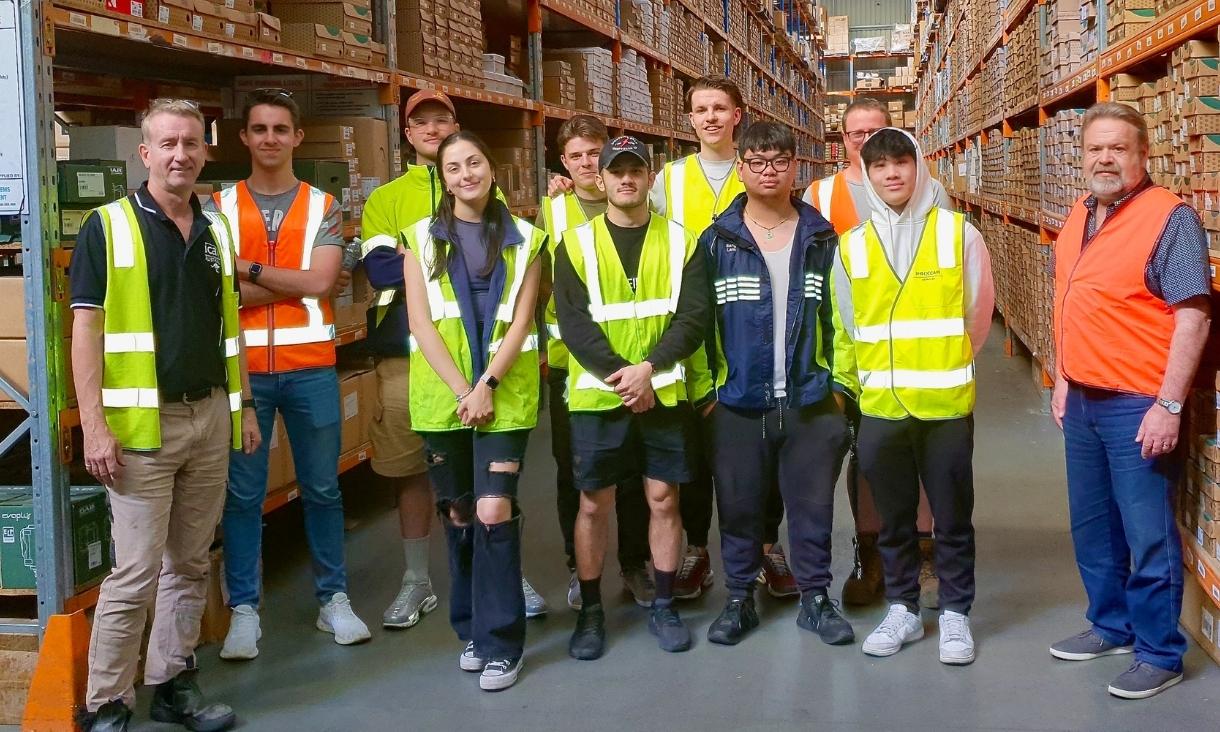How is this being felt in Australia?
Australia is highly dependent on imported, overseas-made consumer goods.
And as we import more consumer goods than we export, this easily creates a container trade imbalance.
“There is currently a backlog of empty containers at container parks in Australia, which desperately need to go back to the high-exporting countries but have no ship to take them,” Thai said.
“This is exacerbated by the COVID factors mentioned before, along with industrial action at parcel delivery companies, and a mismatch of working times between Australian truck drivers and ships at sea.”
In Australia, not all trucks operate 24 hours a day, while ships do.
Thai said the crisis is having a negative impact on the global economy in general and will be particularly felt as Australia bounces back after COVID-19.
“Local manufacturers and distributors cannot produce as much as they want, due to shortages of the materials they need to do so, which will hamper global production and dampen the economy and GDP growth,” he said.
“As a result, the economic recovery in the aftermath of the COVID-19 pandemic will be slowed down due to current supply chain issues.”
Will things get better before they get worse?
Recently, The International Monetary Fund (IMF) predicted the crisis will have a long-lasting damaging economic impact and has cut growth outlooks for the US and other major industrial powers.
In October, Australia Post urged Australians to send their Christmas parcels by early December to avoid disappointment.
Thai said that while supply chain players were trying to add further capacity, it’s unlikely to get better in the immediate future.
“Increasing supply capacity requires investment in infrastructure, such as building new factories and adding new ships to a shipping route,” Thai said.
“This takes time. There is no doubt that customers in Australia will experience a shortage of products for this Christmas and with a higher price, especially those which require chips.”
What can we do?
Thai said it is hard to predict when things will improve, so those wanting to order presents should shop early.
“If you’re thinking about ordering items for Christmas, do so as early as possible,” Thai said.
“Think about switching to alternative products available in the market, shop local, or think about how to celebrate the festive season differently.”
Story: Caleb Scanlon and Vinh Thai





